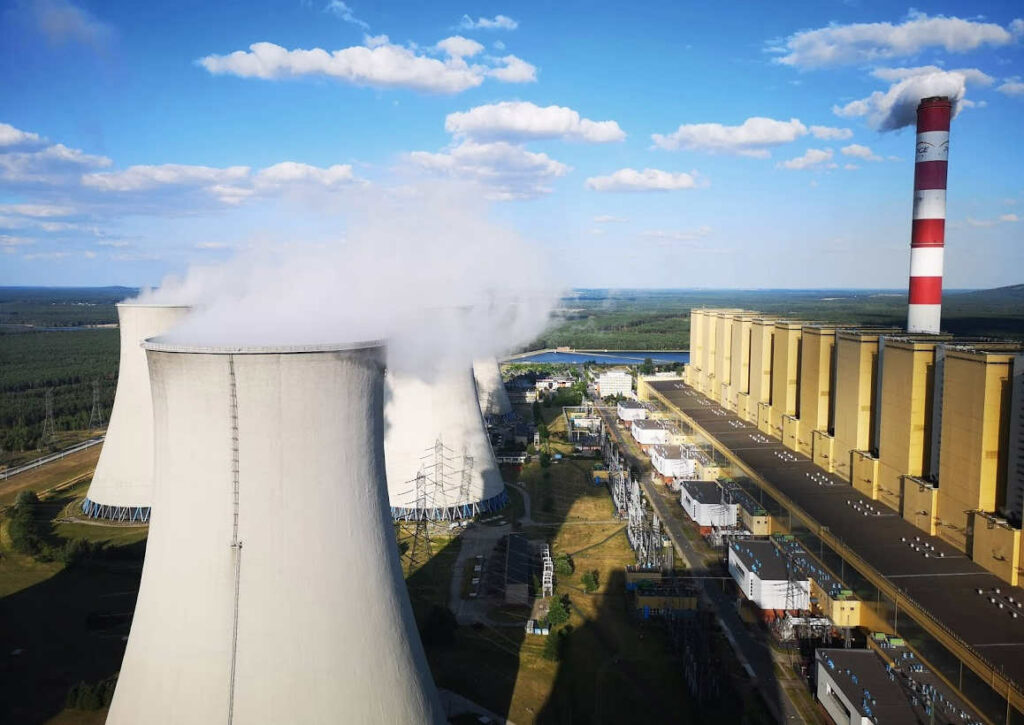As it results from the announcement obtained by WysokieNapiecie.pl from the press-office of Polskie Sieci Elektroenergetyczne, at 16:34 PSE Rogowiec transformer station was blacked out; the transformer station received power from 10 out of 11 power plant blocks from Bełchatów power plant, the biggest coal power plant in Poland and Europe. However, Trębaczew station received power from the eleventh power plant block without any interruptions.
As a result of the power failure, within a second, the system “lost” power plant blocks generating almost 3.9 GW of gross total power (3.64 GW net) which, at the time of the failure, provided the system with 3.3 GW of power, covering ca. 16% of the domestic power demand. The grid operation frequency dropped slightly below 49.9 Hz which was suffered by the whole area of synchronous operation of the UCTE system, from North Africa, through nearly whole Europe, to Turkey.
Mechanisms of the blackout protection systems – both automatically and manually controlled – however, operated infallibly. Power plants providing spinning reserve immediately started power supplies, pump storage plants’ turbines were activated, and inter-operator aid turned out to be the last recourse, failing which, the system could not have been protected – apart from previously contracted ca. 2GW of imported power our western and southern neighbours provided us with the next 1GW of power.
Power failures of individual power plants ceased to be as threatening to the system as they used to be. The National Grid System came out unharmed both at present and last year during the storm damages to Bełchatów conveyor.
It is worth mentioning that during the “drop-off” of Ostrołęka power plant in 2006 it was necessary to shut down a part of consumers from the North-Eastern Poland in order to keep the whole system in operation.
Consequently, not only did the power failure not result in blackout in Poland, which might have caused a complete disruption of the synchronously operated European power grid system, but also emergency shut-down of the consumers turned out to be unnecessary.
The power failure, on the other hand, is likely to be suffered by power trading companies. As a result of launching of more expensive power generating units, electric energy prices on the Balancing Market rocketed to almost 1500 PLN/MWh.
This might account for the biggest stress of the Polish power grid since 2015 and at the same time one of the biggest such test for the whole European grid system in recent years.
The failure of the transformer station was swiftly removed and at the moment re-synchronization of the power blocks of Bełchatów power plant with the National Grid System is under way. The causes of the failure have already been under investigation by the experts from Polska Grupa Energetyczna. A separate commission is also likely to be appointed by Polskie Sieci Elektroenergetyczne.














